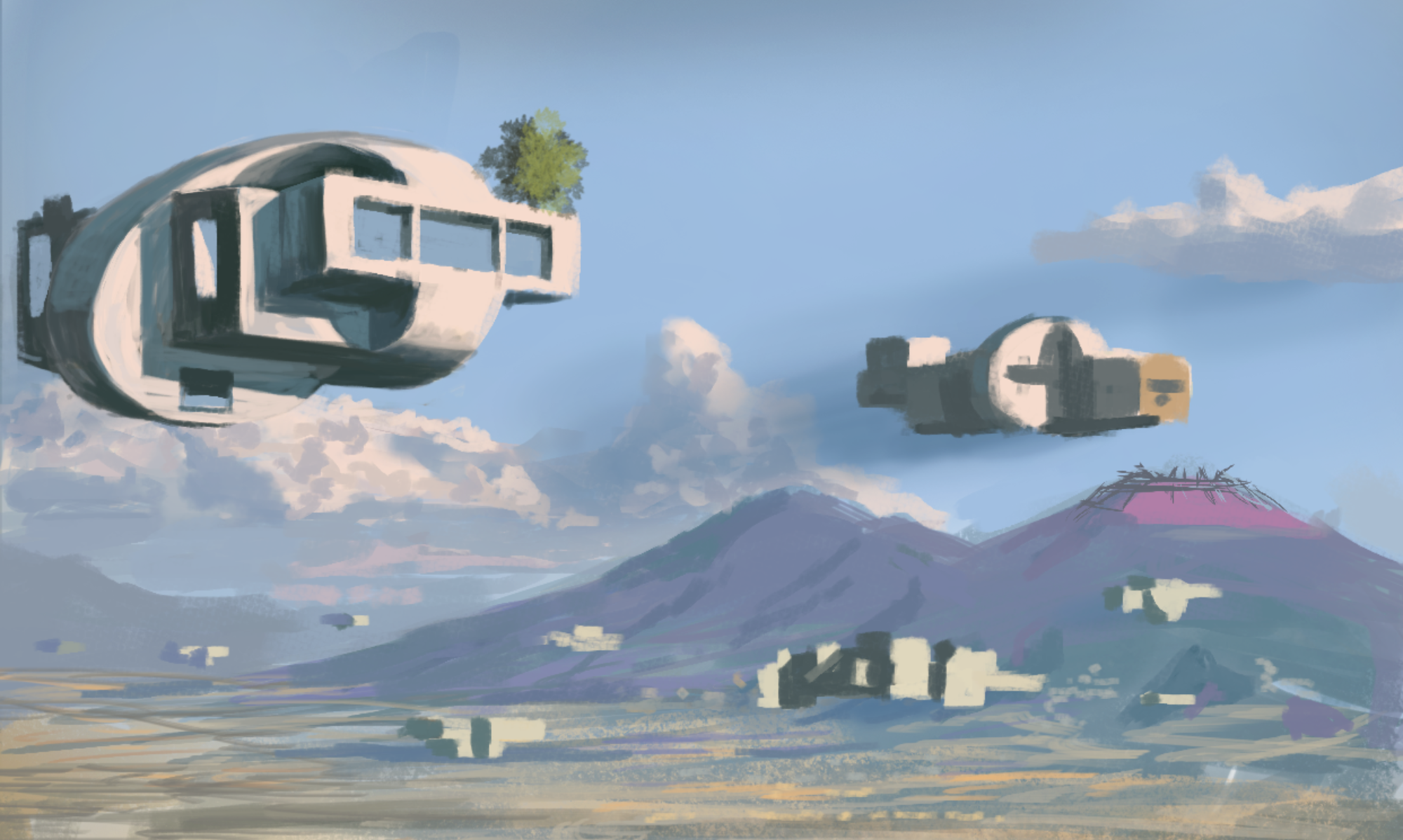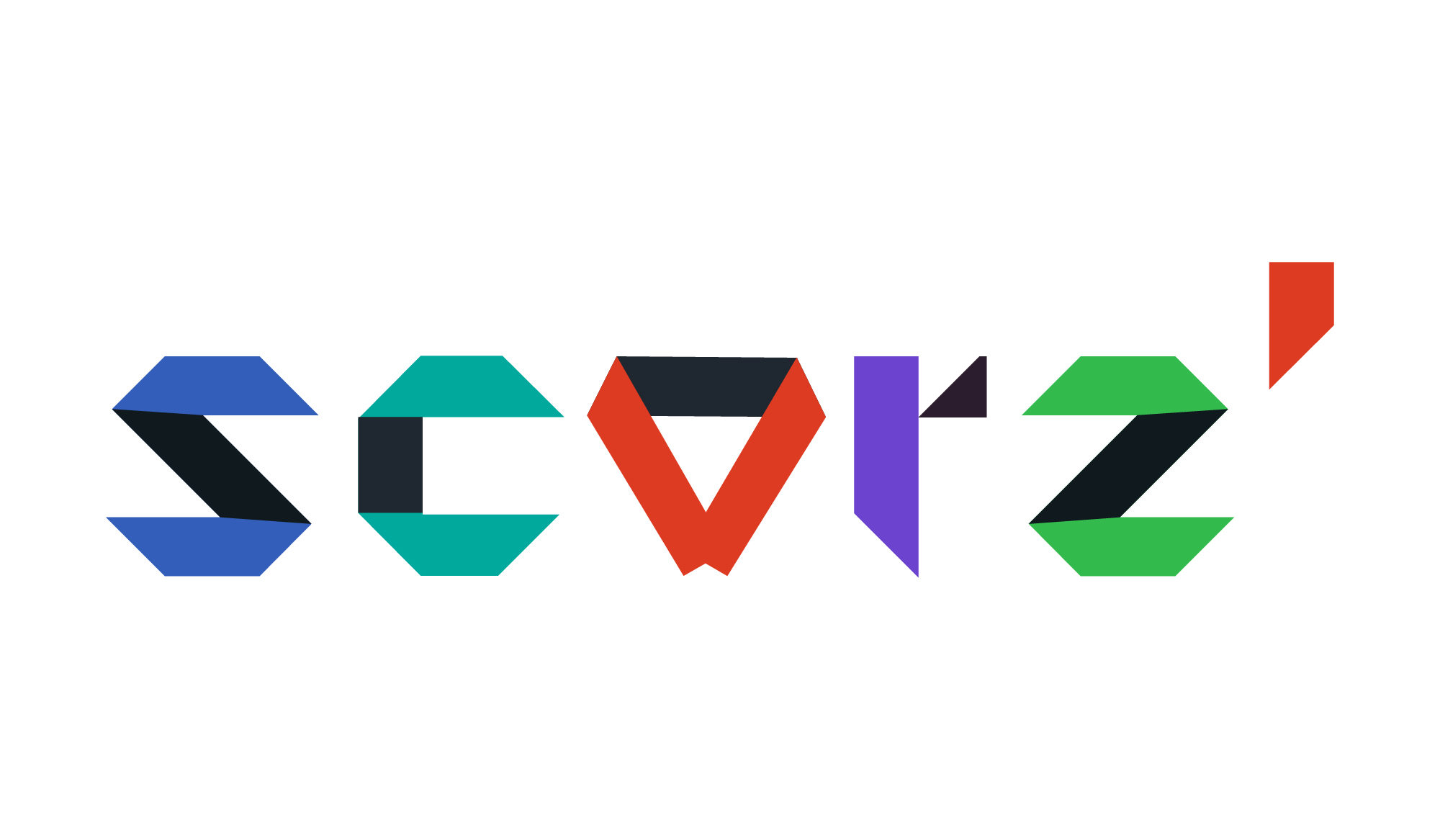Scorz’ is a project born in 2017 as a thesis for the “Master of Science in Design for the Built Environment” by Architecture Department of University of Naples Federico II. Entirely built with eco-friendly materials, the shelter is a temporary refuge for homeless people, and offers privacy and protection from cold. Scorz’ (which means “peel”) is easy to produce, carry, use and dispose of; it is distributed by volunteers’ organizations of Napoli 2035 project, sold as a temporary shelter for festivals and campsites, or, why not, as a toy for kids who can personalize it with colors and paintings.
The design is inspired by Japanese origami and is developed by the study of bendable surfaces geometry.
In Italy and Europe have spread street furniture with the aim of keeping “urban decency”. These objects are gathered in a category known as hostile design: small benches, studded sidewalks, iron spikes and other stuff to prevent people from “encamp”. Our project is, as an extreme solution, opposite to these kind of ventures and wants to be host instead of hostile, something that puts in contact rather than push away. The fact that Scorz’ is composed with recyclable and biodegradable materials has a double worth. First of all it doesn’t have to last long, so the homeless person can’t get used to it and feel it like a permanent home. In the streets you don’t die because of hunger, but because of loneliness. This shelter doesn’t have to be a place where the homeless can live permanently. The most hurting thing for the people who lives by the streets is the need to build an uncertain routine every day: many of them know where and how get food and stuff to go through the day, but they can’t make long term plans. A temporary shelter can motivate homeless people to move and look for an always better accommodation. We can imagine and understand the reasons why they don’t love to sleep in dormitories, but we can’t accept their complete isolation as a consequence.
The second reason why Scorz’ is entirely made of cardboard is that it gives the idea of something “unfinished”. The geometrical study which lies beneath the design is applicable to many different materials, even more exploitable than cardboard or plastic. In order to use the shelter in colder conditions, it could be industrialized with these materials, but we chose paper because, as a recycled material, it brings stories of its past lives, and gives us the chance to talk about recycling as rebirth and social payback.
Shelters are sponsored by Formaperta, factory of Nicola Savarese, who believed in the project and gave us raw material: wavy double layered cardboard with certification FSC.
![]() This work is licensed under a Creative Commons Attribution-NonCommercial-NoDerivatives 4.0 International License.
This work is licensed under a Creative Commons Attribution-NonCommercial-NoDerivatives 4.0 International License.


